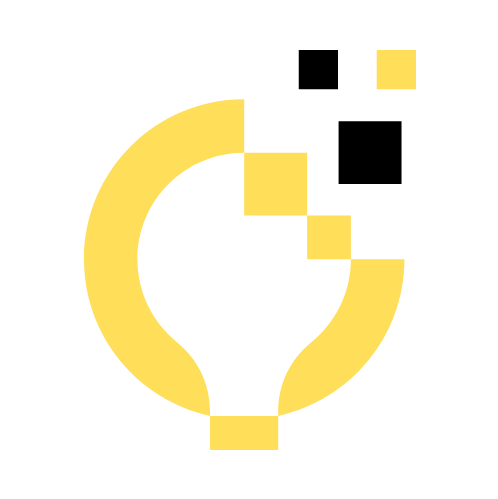Learning HTML becomes much easier when you start with the essential tags that appear in almost every webpage. These tags form the base of your structure, content, and presentation. Whether you are building your first portfolio page or understanding how websites work behind the scenes, these core tags give you a strong foundation.
In this blog, we will explore the most important HTML tags that beginners should know, along with simple examples and best practices.
Table of Contents
Understanding HTML Tags
HTML tags are like building blocks. They tell the browser how to display content. Every tag usually has an opening tag and a closing tag, and the content sits between them. Even though HTML continues to grow with more features, the basics remain the same and are easy to learn.
HTML Tag Number One The Paragraph Tag
The paragraph tag is one of the most frequently used tags in HTML. It is written as p and it is used to structure text into readable paragraphs. This makes your content easier to scan and improves page readability.
Example <p>This is a paragraph of text in HTML.</p> Paragraphs add spacing above and below, helping users read comfortably.
HTML Tag Number Two The Heading HTML Tags
Heading tags range from h1 to h6. Search engines use these headings to understand the structure of your page.
h1 is for the main title
h2 to h6 are used for subheadings and sections
Example <h1>Main Title</h1> <h2>Subheading</h2> Using headings properly improves your SEO and makes your content organized.
HTML Tag Number Three The Anchor Tag
The anchor tag creates hyperlinks. You can link to internal pages, external resources or even specific sections within the same page.
Example
<a href=”https://developer.mozilla.org”>Learn More on MDN</a>
Search engines also use anchor tags to discover new pages. Adding relevant keywords in your anchor text improves semantic SEO.
HTML Tag Number Four The Image Tag
Images make content more engaging and informative. The img tag helps you display pictures on your webpage. It also uses the alt attribute to describe the image for search engines and screen readers.
Example
<img src=”image.jpg” alt=”A sample image”>
Optimized images improve loading speed and SEO performance.
HTML Tag Number Five The List Tags
Lists help organize information clearly. HTML supports both ordered lists and unordered lists.
Ordered list uses ol and arranges items in numbers
Unordered list uses ul and arranges items with bullet points
Example <ul> <li>HTML</li> <li>CSS</li> <li>JavaScript</li> </ul> Lists are excellent for tutorials, steps and structured information.
HTML Tag Number Six The Div Tag
The div tag helps you create sections on your webpage. Developers use divs to group content together so it can be styled or positioned separately.
Example <div class=”container”>Website content here</div> Divs are used in almost every modern webpage layout.
HTML Tag Number Seven The Span Tag
Span is an inline tag used to style or highlight a small portion of text. It does not break the line like a div.
Example
<span style=”color red”>Highlighted Text</span>
It is useful for formatting words or phrases within a paragraph.
HTML Tag Number Eight The Form Tag
If you want to collect user input, such as email or feedback, you’ll use a form. Inside the form, you can place input fields, buttons and labels.
Example <form> <input type=”text” placeholder=”Your name”> <button>Submit</button> </form> Forms are essential for signup pages, surveys and contact pages.
HTML Tag Number Nine The Meta Tags
Meta HTML tags live inside the head section and provide information about your webpage. Search engines use meta descriptions and keywords to understand the topic of your page.
Example
<meta name=”description” content=”This is a demo page”>
These tags are very important for SEO.
HTML Tag Number Ten The HTML and Body Tags
Every HTML page begins with the html tag and contains a body tag where all visible content goes.
Example <html> <body> Content goes here </body> </html> These tags define the basic structure of your webpage.
Final Thoughts
Mastering these essential HTML tags gives you a solid foundation to explore more advanced concepts like CSS, JavaScript, and responsive design. Every professional developer uses these tags daily because they form the core of webpage structure. If you want to go deeper, exploring documentation from sources like MDN Web Docs can help you level up your skills.
Also Check Rise of Headless CMS – Powerful Future of Development – 2025
